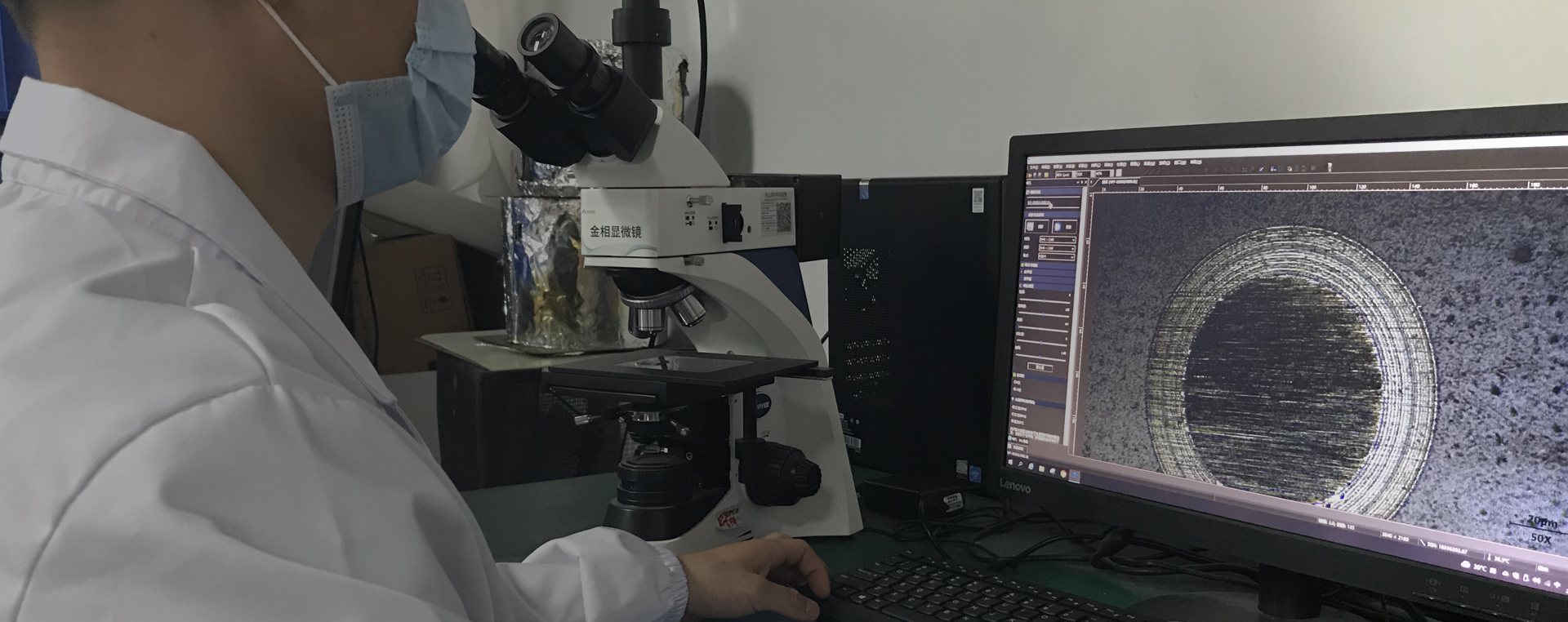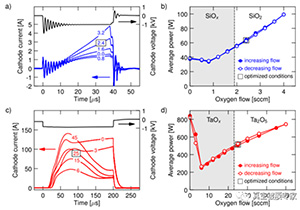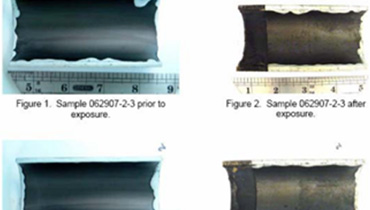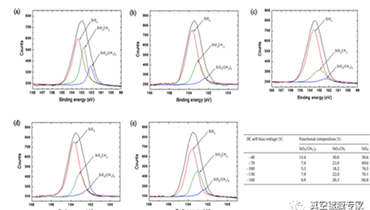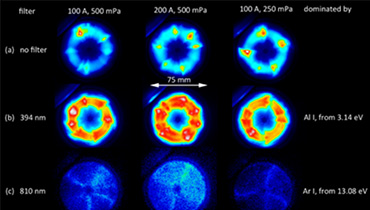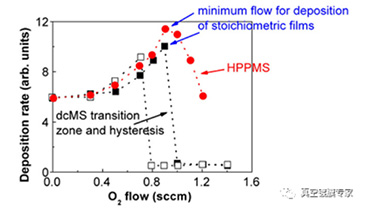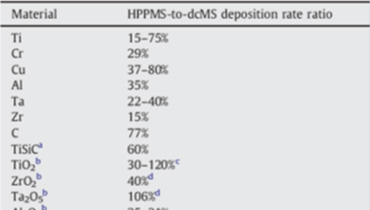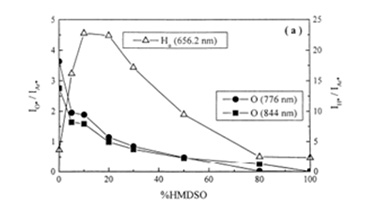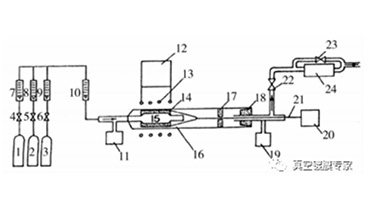Sio2-ta2o5 optical interference films were prepared by HiPIMS reaction sputtering
When Si target and Ta target oxygen reaction sputtering, the intake hysteresis loop can be inhibited by using appropriate HiPIMS pulse parameters, and the process stability can be ensured even without gas controller.
Effect of DC bias on properties of C: SiOX film prepared by HMDSO
The C: SiOX film prepared by HMDSO has excellent corrosion resistance. The influence of HMDSO/O2 ratio on the composition, corrosion resistance and hardness of the film was discussed in the last part. In the whole coating process,
HiPIMS self-organizing discharge high-resolution spectral imaging
Due to the constraint of magnetic field and the ultra-high power discharge, the high-power pulsed magnetron sputtering technology (HiPIMS) has the unstable phenomenon of glow flicker due to the partial discharge enhancement during the discharge process.
 18922924269
18922924269
